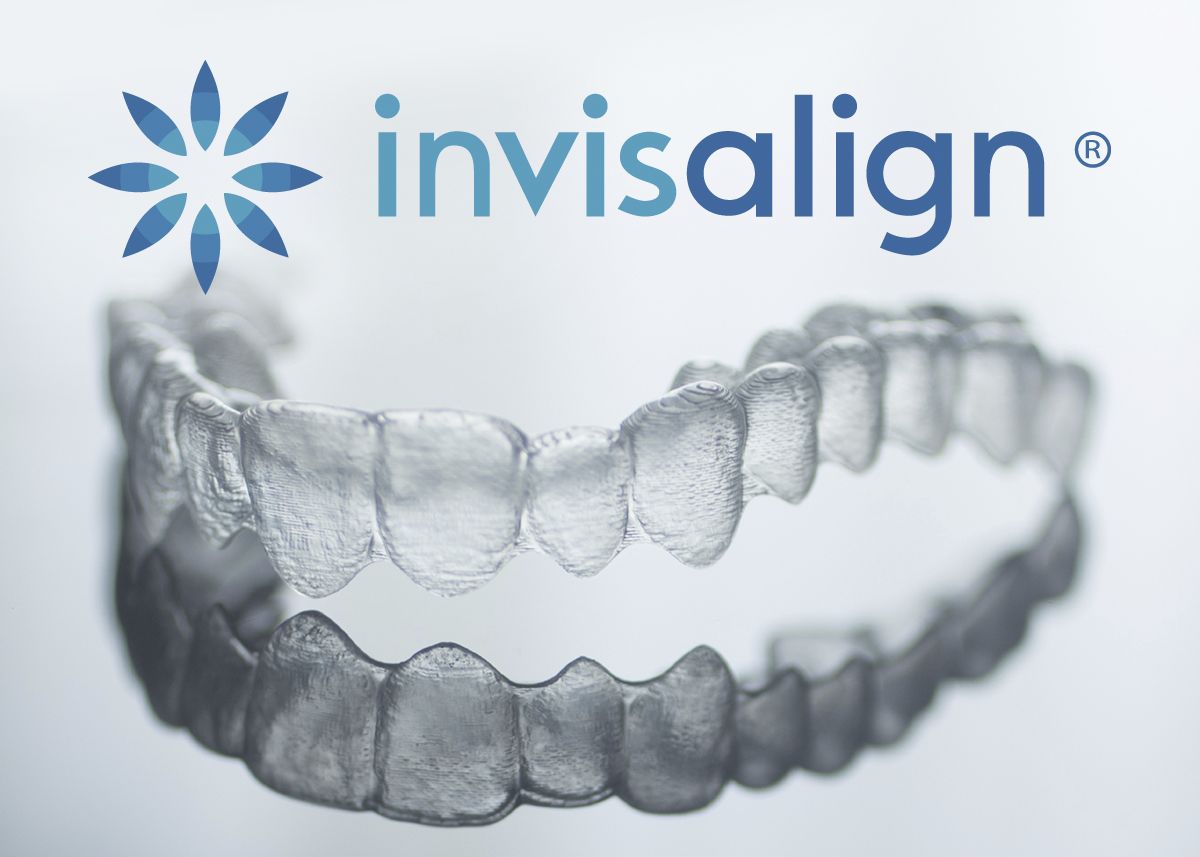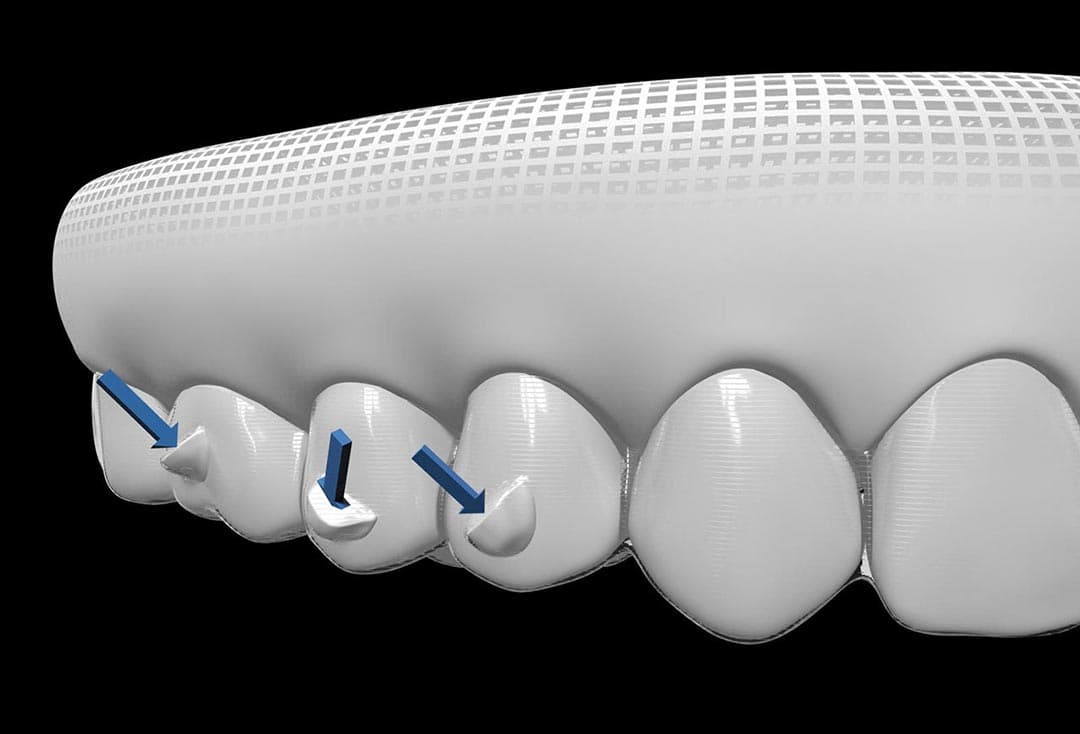What to Anticipate Throughout Your Invisalign Journey: A Comprehensive Overview
Invisalign vs. Traditional Dental braces: Which Option Is Right for You?
When thinking about orthodontic treatment, the option between Invisalign and standard braces presents several important elements that warrant careful evaluation. Invisalign offers a discreet choice with removable aligners, while traditional dental braces give a much more visible yet efficient option for severe imbalance. Each choice includes distinct advantages and disadvantages associated with aesthetic appeals, convenience, therapy period, and price. Recognizing these subtleties is essential for making an informed choice that aligns with your personal preferences and lifestyle. The question remains: which option will ideal satisfy your orthodontic needs and expectations?
Review of Therapy Choices

In contrast, typical braces contain steel brackets and cables that are bonded to the teeth. This technique uses continuous pressure gradually to achieve placement. While reliable for complex orthodontic concerns, conventional dental braces call for normal visits for modifications and can posture challenges in maintaining oral health as a result of the difficulty of cleaning up about brackets and wires.
Both options have their merits, and the choice typically rests on details oral problems, lifestyle preferences, and person conformity. Ultimately, seeking advice from an orthodontic specialist is crucial for identifying one of the most suitable treatment strategy customized to specific demands. Recognizing the nuances of each choice can substantially affect the general success of orthodontic therapy.
Aesthetic Considerations
A considerable element affecting the selection in between Invisalign and conventional braces is the visual charm each treatment uses. Invisalign aligners are crafted from clear plastic, making them essentially undetectable when worn.
On the other hand, standard braces contain steel brackets and cords, which can be a lot more visible. While advancements in orthodontic modern technology have led to the advancement of smaller brackets and tinted elastics, traditional dental braces still maintain a more obvious profile. For some people, the exposure of dental braces may hinder them from seeking needed therapy.
Eventually, the choice in between Invisalign and traditional braces might hinge on personal choices regarding visual appeals. People that prioritize discernment typically favor Invisalign, while those that are less concerned regarding presence may go with traditional braces. Comprehending the visual implications of each option is vital for making an educated decision that aligns with one's way of life and choices.
Convenience and Convenience

In terms of convenience, Invisalign aligners are detachable, making it possible for individuals to appreciate their preferred foods without limitation and maintain optimum dental hygiene. Cleaning and flossing are streamlined, as the aligners can be gotten throughout these regimens, whereas conventional dental braces call for cautious maneuvering around braces and cables.
In comparison, traditional braces demand regular changes, making them less practical for those with hectic timetables. In general, the convenience and convenience of Invisalign make it an attractive selection for numerous people seeking orthodontic therapy.
Therapy Period and Efficiency
While both Invisalign and typical braces work in dealing with dental misalignments, the period of therapy can vary dramatically between both alternatives. Usually, Invisalign treatment can take anywhere from 12 to 18 months, depending upon the intricacy of the instance. The clear aligners work by gradually moving teeth right into their wanted placements, and regular follow-ups with an orthodontist assistance make certain progress stays on the right track.
On the other hand, conventional dental braces commonly require a longer commitment, web link normally varying from 18 months check my site to three years. This is due to their fixed nature and making use of wires and brackets, which can be a lot more reliable for severe misalignments and complicated instances (Invisalign). The treatment effectiveness of conventional braces is well-documented, as they enable for accurate adjustments and greater control over tooth movement
Eventually, the selection in between Invisalign and traditional dental braces may rest on both the anticipated therapy period and the certain dental issues at hand. Consulting with an orthodontist is vital, as they can give tailored recommendations based on private demands, making certain the chosen approach lines up with wanted timeframes and results.
Expense Comparison and Insurance Options
Cost plays a considerable function in the decision-making process for people taking into consideration orthodontic therapy, whether going with Invisalign or typical dental braces. Generally, the price of Invisalign ranges from $3,000 to $8,000, while conventional dental braces commonly cost between $2,000 and $6,000. Factors influencing these prices consist of the intricacy of the learn this here now situation, the duration of therapy, and geographical place.
Many oral insurance policy strategies offer partial insurance coverage for orthodontic therapies, but the specifics can vary commonly. Generally, traditional braces might be a lot more frequently covered by insurance policy strategies contrasted to Invisalign, which some insurance companies categorize as an aesthetic treatment.
Additionally, several orthodontic techniques offer adaptable settlement plans, making both treatment options extra easily accessible. Clients need to make inquiries concerning prospective funding choices and discount rates for in advance repayments. Evaluating the overall price, including insurance policy benefits and layaway plan, is vital for making an educated decision that aligns with both visual choices and budget considerations.

Conclusion
In recap, the option between Invisalign and typical dental braces rests on multiple variables, including aesthetic choices, convenience, therapy duration, and expense. Invisalign provides a very discreet, detachable alternative that helps with dental health and nutritional versatility, while typical braces might be better for complex dental issues and commonly come with a reduced price point. Ultimately, assessment with an orthodontist is necessary to examine individual scenarios and identify one of the most appropriate therapy alternative for accomplishing ideal dental positioning.
When taking into consideration orthodontic therapy, the choice between Invisalign and conventional dental braces offers several crucial aspects that merit mindful assessment.Contrasting Invisalign and typical dental braces reveals distinct therapy alternatives for orthodontic improvement.While both Invisalign and typical braces are reliable in correcting dental misalignments, the period of therapy can differ dramatically between the 2 options.Cost plays a considerable function in the decision-making procedure for individuals considering orthodontic treatment, whether opting for Invisalign or traditional dental braces.In summary, the choice between Invisalign and typical dental braces pivots on numerous elements, including aesthetic choices, convenience, therapy duration, and expense.